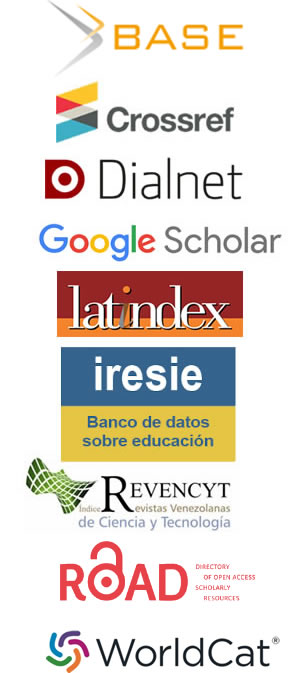
Archiving policy
Archiving Policy
ESS Journal is committed to the preservation, restoration and recovery of its contents in the long term, therefore, our website is developed under Open Journal Systems (OJS) which is an open source software developed by the Public Knowledge Project (PKP) that has the Portico or CLOCKSS service, through which the PKP Preservation Network (PKP PN) operates to digitally preserve OJS journals through the LOCKSS program in order to create permanent archives of the journal, aimed at preserving the original contents and restoring them if necessary, as well as enabling the way for these archives to be distributed among libraries and digital repositories.
Thus, this repository policy is based on storing the information in formats that are widely used today, thus increasing the likelihood that when a format becomes obsolete there are still programs for its conversion, such as HTML and PDF: HTML and PDF.
In addition to the above, ESS has developed several processes, in accordance with the security protocols of UNESCO IESALC as the journal's sponsor, in order to guarantee the permanent accessibility of the digital objects it houses in its own servers, such as: backup copies, monitoring of the technological environment to foresee possible migrations of obsolete formats or software, maintenance of digital preservation metadata and the use of DOI’s (Digital Object Identifier) as a unique and permanent identifier for electronic publications.
Also, very much in correspondence with the open access policy, this ESS archiving policy allows: Self-archiving of the pre-print; for this, prior to final publication, authors are encouraged to archive their pre-print version on their personal and institutional websites, in scientific social networks, in repositories, in bibliographic managers. Authors are urged that the preprint formally incorporates the following mention: “This is the electronic version of an article accepted for publication in ESS [nº/year], already available online on the official website through its DOI”. Once published, the authors should state: “This is the electronic version of an article published in ESS [nº/year]. The definitive version is available on the official website, on the date indicated in the preprint, through its DOI”.
In relation to the self-archiving of the post-print, ESS allows authors to reuse published papers. For this, it encourages authors, whenever possible and applicable, to deposit the data supporting their research results in a public repository, i.e., the post-print (final PDF version from the publisher) can be archived for non-commercial purposes. Among others, the following are recommended:
- Social networks (Facebook, X-formerTwitter, LinkedIn...).
- Institutional repository of your University and public repositories (Mendeley, Cosis...).
- Scientific social networks (ResearchGate, Academia.edu, Kudos...).
- Personal or institutional website, blog, etc.
- Google Scholar, ORCID, ResearchID, ScopusID, Dimensions, PlumX...



